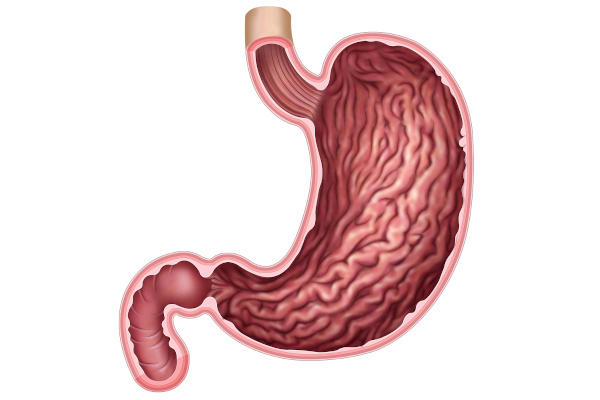Reproduction is a biological process that refers to the ability of living beings to generate offspring.
The two broad categories that group the existing types of reproduction are: sexual reproduction and asexual reproduction.
Reproduction is fundamental for the preservation and continuity of the species, because through it the genetic information of preexisting organisms is transmitted to the created organisms.
The main differences among the reproduction methods are:
- Asexual reproduction is generally simpler and faster than sexual reproduction.
- Asexual reproduction involves only one member of the species, while sexual reproduction is performed by two parents.
- Asexual reproduction forms genetically identical organisms, while in sexual reproduction there is gene recombination.
- Sexual reproduction produces genetic variability, as opposed to asexual reproduction which produces clones.
asexual reproduction
At asexual reproduction an organism reproduces without receiving cells from another individual of the species.
In this type of creation of new individuals, there is the detachment of one or more cells from a generative being to give rise to another. Therefore, genetically identical organisms emerge.
The four main types of asexual reproduction are: binary division, fragmentation, sporulation and budding.
Binary division, cissiparity or bipartition: in this type of reproduction, common in bacteria and protozoa, the parent organism splits in half and generates new individuals. With that, he ceases to exist when his descendants appear.
fragmentation: in this type of reproduction, the individual's parts separate from their body and regenerate. From these fragments new individuals emerge. It occurs in planarians and echinoderms, such as the starfish.
Sporulation: it is the origin of new living beings initiated by the formation of reproductive cells created in reproductive organs called sporangia. These cells, called spores, germinate and form offspring when they are in favorable conditions. It can occur in bacteria, protozoa and fungi.
budding: occurs through the formation of shoots that separate from the body of the parent individuals and develop an independent life, but can also develop in the place where they originated. This process is part of some bacteria, fungi, porifers and cnidarians.
Read too: Reproduction: what it is, types and examples
sexual reproduction
Sexual reproduction occurs through the union of male and female gametes. This type of reproduction is characteristic of animals, plants, algae and fungi.
Gametes are specialized sex cells that carry the genetic characteristics that offspring will inherit. This information is inside chromosomes, located in the nucleus of cells.
For example, the gametes present in animals are called sperm (male) and eggs (female). In plants, these cells are called anterozoids (male) and oospheres (plants).
How does sexual reproduction take place?
Sexual reproduction is divided into two stages: gamete production and fertilization.
Gamete production
THE gametogenesis it is the process of formation of gametes, which in male animals is called spermatogenesis and in females, ovogenesis (or ovulogenesis).
Cell division gives rise to sex cells, through mitosis, which produces cells identical to the mother cell or meiosis, with half the chromosomes of the mother cell.
In humans, the male reproductive system produces gametes in the testes, while the female reproductive system produces cells in the ovaries.
Fertilization
THE fertilization or fertilization is the process of uniting the male and female gametes. At this stage, the zygote is formed, also called the egg cell, which will give rise to a new being.
In humans, the zygote has 46 chromosomes, 23 inherited from its mother and 23 from its father. Thus, the offspring have similarities to their parents, but are not identical.
Fertilization can be internal, when the male gametes are deposited inside the female organism, or external, which consists of fertilization outside the body.
In animals, internal fertilization can be observed in humans and external fertilization in fish and frogs, as they are species that release their gametes into the environment.
Learn more about sexual reproduction.


